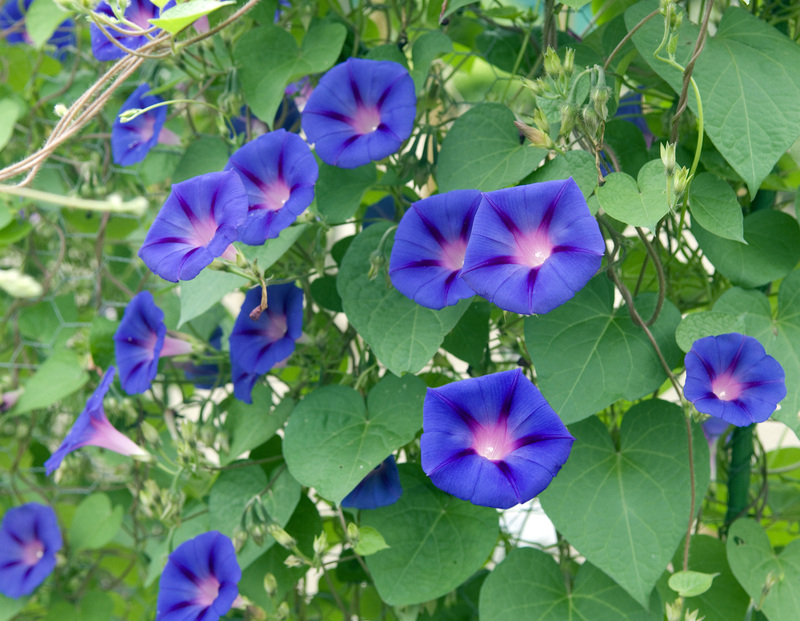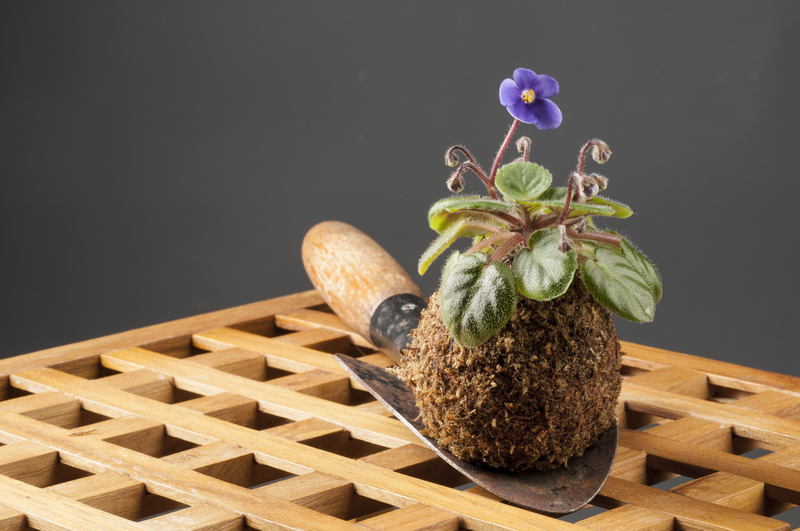Best Plant Choices for Climate Shifts
Posted on 27/09/2024
Climate change is a pressing issue that affects every part of our ecosystem, including the plants we choose for our gardens and landscapes. As temperatures and weather patterns shift, it's essential to select plants that can withstand these changes. This article explores the best plant choices for adapting to climate shifts, offering practical advice for home gardeners, landscapers, and agriculturalists.
Understanding Climate Shifts and Their Impact on Gardening
Climate change is driving significant alterations in weather patterns, including increased temperatures, irregular rainfall, and more frequent extreme weather events. These changes have a profound effect on plant growth and survival, with some species struggling to adapt to new conditions. Choosing the right plants can help mitigate these impacts and ensure a resilient and sustainable landscape.

Key Factors to Consider When Selecting Plants
To make informed decisions about the best plant choices for climate shifts, consider the following factors:
- Hardiness Zones: Understanding your local hardiness zone can help you select plants that are best suited to your region's temperatures and seasonal changes.
- Water Requirements: Drought-tolerant plants are essential for areas experiencing reduced rainfall, while regions with increased precipitation need plants that can handle wetter conditions.
- Soil Type: Soil conditions can change due to climate effects, such as increased acidity from acid rain or loss of nutrients from excessive rainfall. Selecting plants that can thrive in varying soil conditions is crucial.
- Pests and Diseases: Warmer temperatures can lead to the proliferation of pests and diseases. Choose plants that are resistant or less susceptible to these threats.
Top Plant Choices for Changing Climates
The following plants are excellent choices for adapting to various climate shifts:
1. Native Plants
Native plants are inherently adapted to local conditions and are typically more resilient to climate changes. They are less susceptible to pests and diseases and generally require less water and maintenance. Examples of native plants include:
- Prairie Dropseed (Sporobolus heterolepis): This drought-tolerant grass thrives in a range of soil types and provides excellent ground cover.
- Black-eyed Susan (Rudbeckia hirta): A hardy flower that can withstand heat and drought, while also supporting local pollinators.
- Serviceberry (Amelanchier): This shrub or small tree is adaptable to various soil conditions and provides food for birds and other wildlife.
2. Drought-Tolerant Plants
With changing rainfall patterns and prolonged droughts, drought-tolerant plants are essential for many regions. Some popular drought-tolerant choices include:
- Lavender (Lavandula): Known for its fragrant flowers and foliage, lavender is highly drought-resistant and thrives in well-drained soils.
- Sedum (Sedum spp.): These succulents are incredibly resilient and require minimal water, making them ideal for rock gardens and dry landscapes.
- Yucca (Yucca spp.): This plant is highly tolerant of heat and drought, and its spiky leaves and dramatic flower spikes add visual interest to any garden.
3. Heat-Tolerant Plants
In regions experiencing rising temperatures, it's important to choose plants that can tolerate high heat. Some excellent heat-tolerant options include:
- Coneflower (Echinacea): This hardy perennial with striking flowers can withstand hot summers and attracts pollinators.
- Agave (Agave spp.): These succulents are exceptionally heat-tolerant and require minimal water, making them perfect for arid climates.
- Lantana (Lantana camara): A colorful shrub that thrives in hot, dry conditions and attracts butterflies and hummingbirds.
Plants for Wetter Conditions
Areas with increased rainfall and humidity need plants that can handle wet soil and potential flooding. Some suitable plants for wetter conditions include:
- Swamp Milkweed (Asclepias incarnata): This moisture-loving plant attracts pollinators and is essential for supporting monarch butterflies.
- Black Alder (Alnus glutinosa): A tree that thrives in wet soils and helps to improve soil fertility by fixing nitrogen.
- Marsh Marigold (Caltha palustris): This early-blooming perennial thrives in wet, boggy areas and adds a splash of color to spring gardens.
Adapting Agricultural Practices
Climate change is also significantly impacting agriculture, necessitating shifts in crop selection and farming practices. Farmers can adapt by choosing crops that are more resilient to climate changes, such as:
- Sorghum: This drought-tolerant grain is a valuable alternative to water-intensive crops like corn.
- Quinoa: Known for its adaptability to various growing conditions, quinoa is highly nutritious and resilient.
- Perennial Grains: Perennial grains, such as Kernza, help build soil health, reduce erosion, and sequester carbon.

Implementing Climate-Resilient Landscaping
Creating a climate-resilient landscape involves more than just choosing the right plants. Consider the following strategies to enhance your garden's resilience:
- Mulching: Mulch helps retain soil moisture, regulate temperature, and reduce weed growth.
- Rain Gardens: These gardens capture and filter rainwater, helping to manage excess runoff and preventing erosion.
- Drip Irrigation: Efficient irrigation systems like drip irrigation reduce water waste and ensure plants receive consistent moisture.
- Soil Health: Improving soil health through composting, cover cropping, and reduced tillage enhances plant resilience and supports beneficial soil organisms.
Conclusion
Adapting to climate shifts requires thoughtful plant selection and sustainable gardening practices. By understanding the impact of climate change on your local environment and choosing plants that can thrive under new conditions, you can create a resilient and beautiful landscape. Whether you're a home gardener, landscaper, or farmer, these strategies will help you navigate the challenges of a changing climate and contribute to a healthier planet.



